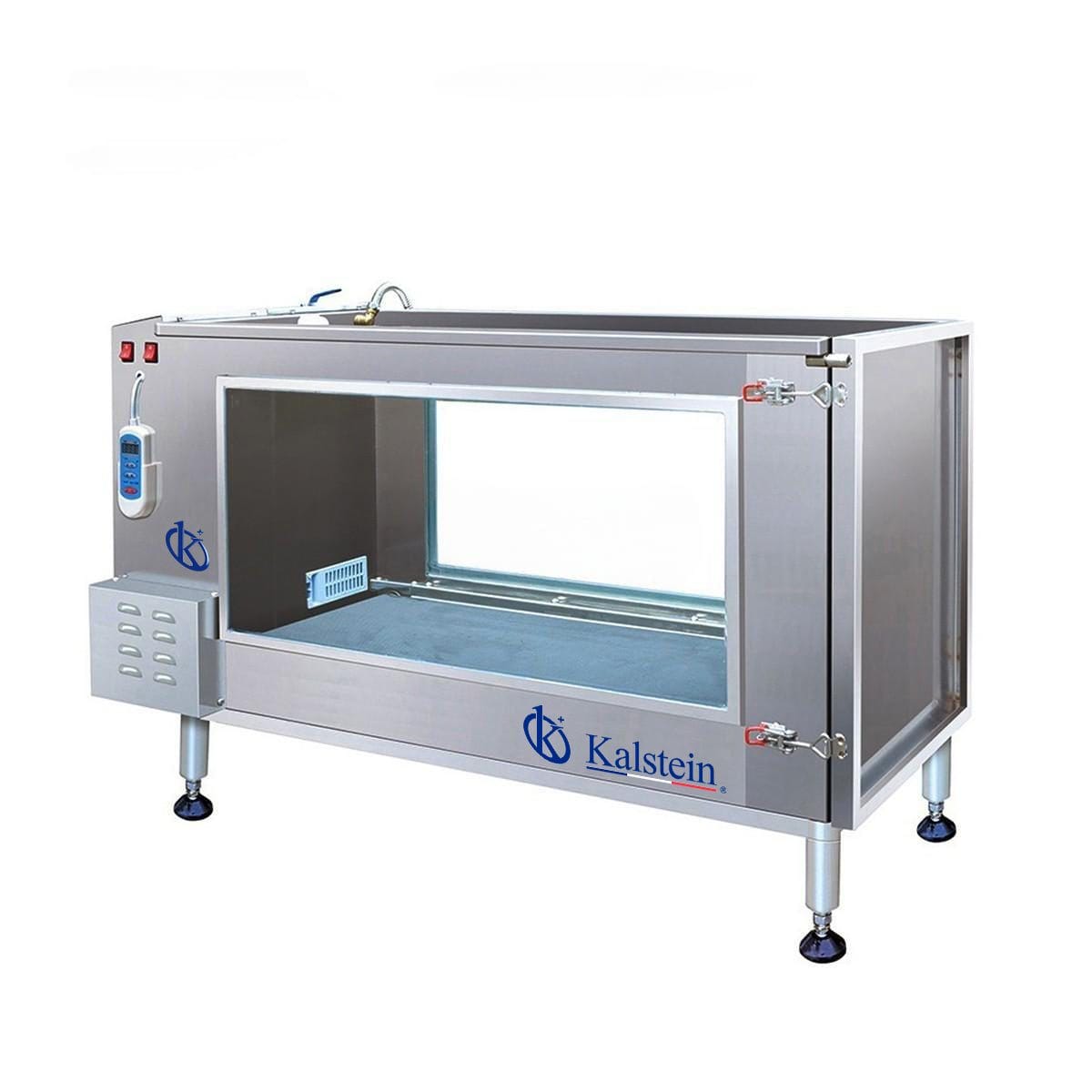The patient monitor is an increasingly popular tool in the medical field for the early identification of complications in patients. This tool provides continuous monitoring of the most important clinical parameters, such as blood pressure, body temperature, heart rate, and oxygen saturation index, to detect any significant changes in time. Through this continuous monitoring of the main vital indicators, warning signs can be established to act early and prevent complications that can put people’s lives at risk.
The use of patient monitors also allows medical professionals to constantly monitor patients from their place of treatment or care. This helps them detect complications early, before they progress too much, and provide appropriate care. These tools also provide patients with a consistent reference to their progress, enabling them to make informed decisions and minimizing the chance of errors in medical treatment.
Why is patient monitoring important in caring for people?
Potential complications can be detected early by using appropriate patient monitors. An appropriate patient monitor allows accurate monitoring of blood pressure, body temperature, heart rate, and oxygen saturation index. These readings can be compared with clinically safe reference limits and allow health care practitioners to detect health problems related to early reporting. This helps provide timely and improved health care.
Patient monitors also enable health care practitioners to make informed decisions. This is because these tools provide a comprehensive view of a patient’s health status, through the main vital signs. They can see any changes in vital parameter indices important in real time and adjust treatment accordingly. This information also helps them track the progress of clinical outcomes, enabling them to assess the effectiveness of prescribed treatment.
Why should patient monitors be used?
One of the main reasons is that patient monitors can also provide safety for patients. This is because they provide continuous monitoring of your vital signs to detect when there is a significant deviation. This makes it easier to diagnose and treat diseases and health-related complications before they become serious. This helps prevent potential serious outcomes such as heart attacks or strokes.
In short, it can be said that patient monitors are increasingly popular tools within the medical field for the early identification of complications. These tools provide ongoing monitoring of important vital parameters, which are compared to clinically safe reference value ranges to detect health problems with early information. This helps prevent potential complications, provide safety for patients, and enable health care practitioners to make informed decisions.
The safety of using Kalstein’s patient monitors
Monitoring of vital signs of critically ill patients must be done with reliable equipment so that doctors can perform specific procedures based on continuous measurements of those vital signs. In that sense, the medical equipment manufacturer Kalstein, has a range of patient monitors that can be used by adults and children, and are available in this link. HERE
The models supplied by this brand have a quiet operation thanks to their fan-free design and can record various vital signs, such as oxygen level, blood pressure. In addition, they have a battery that lasts 5 hours on average, which allows it to be used in the transfer of patients through any ambulance. You can also find more technical information about these devices on the company website HERE. You can also make inquiries about equipment, prices, manage the purchase or request quotes from the different models available.


